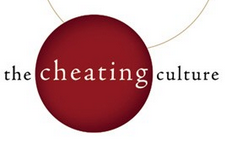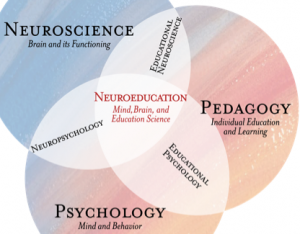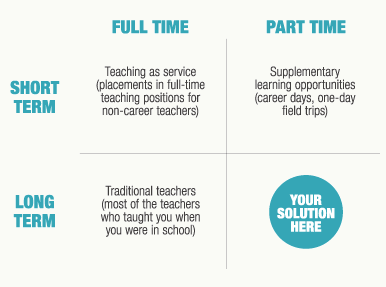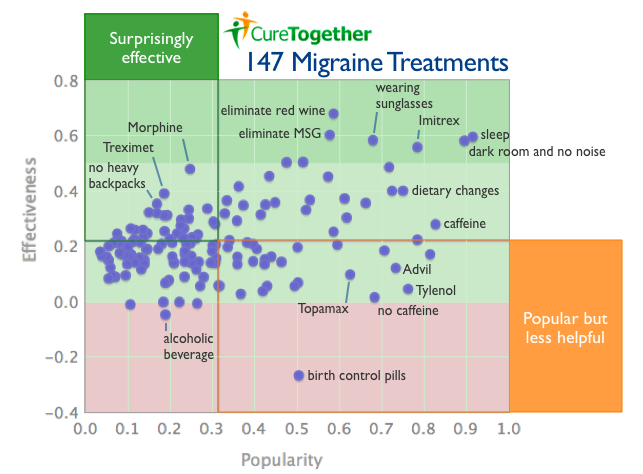Can Good Design Combat Bad Behaviors?
Saturday, February 16th, 2013 Some argue that we are awash in unethical behavior at all levels in society. For example, check out David Callahan’s, The Cheating Culture: Why More Americans are Doing Wrong to Get Ahead. Attempts to curb unethical behavior don’t appear to be doing the job. Much like our attempts to change unhealthy behaviors, we spend a lot of money and do a lot of education but are still losing ground.
Some argue that we are awash in unethical behavior at all levels in society. For example, check out David Callahan’s, The Cheating Culture: Why More Americans are Doing Wrong to Get Ahead. Attempts to curb unethical behavior don’t appear to be doing the job. Much like our attempts to change unhealthy behaviors, we spend a lot of money and do a lot of education but are still losing ground.
 Unethical behaviors are driven by the choices we make and the habits we have. To effect real change we need to understand the moral reasoning behind ethical choices and the cognitive science of how moral habits are formed. That’s why I am always on the look out for scientific studies of moral reasoning that offer actionable insights for designers. One of my favorite resources is the Morality Lab at Boston University where they study the cognitive neuroscience of moral reasoning.
Unethical behaviors are driven by the choices we make and the habits we have. To effect real change we need to understand the moral reasoning behind ethical choices and the cognitive science of how moral habits are formed. That’s why I am always on the look out for scientific studies of moral reasoning that offer actionable insights for designers. One of my favorite resources is the Morality Lab at Boston University where they study the cognitive neuroscience of moral reasoning.
Take for example, the recent finding that priming can be used to shift your view on ethics and change behavior:
“Getting people to think about morality as a matter of objective facts rather than subjective preferences may lead to improved moral behavior.”
Here is the question they used to prime for moral realism: “Do you agree that some things are just morally right or wrong, good or bad, wherever you happen to be from in the world?” Nothing more complicated than that.
The design implications of this are clear. Communications, leadership talk and other messaging that promotes moral realism (ethics are a matter of fact) might boost the effectiveness of your ethics effort. You can access a draft of the entire paper HERE and be sure to check out the lab’s other publications.
I am interested to hear from other cognitive designers that are working on ethics challenges.










